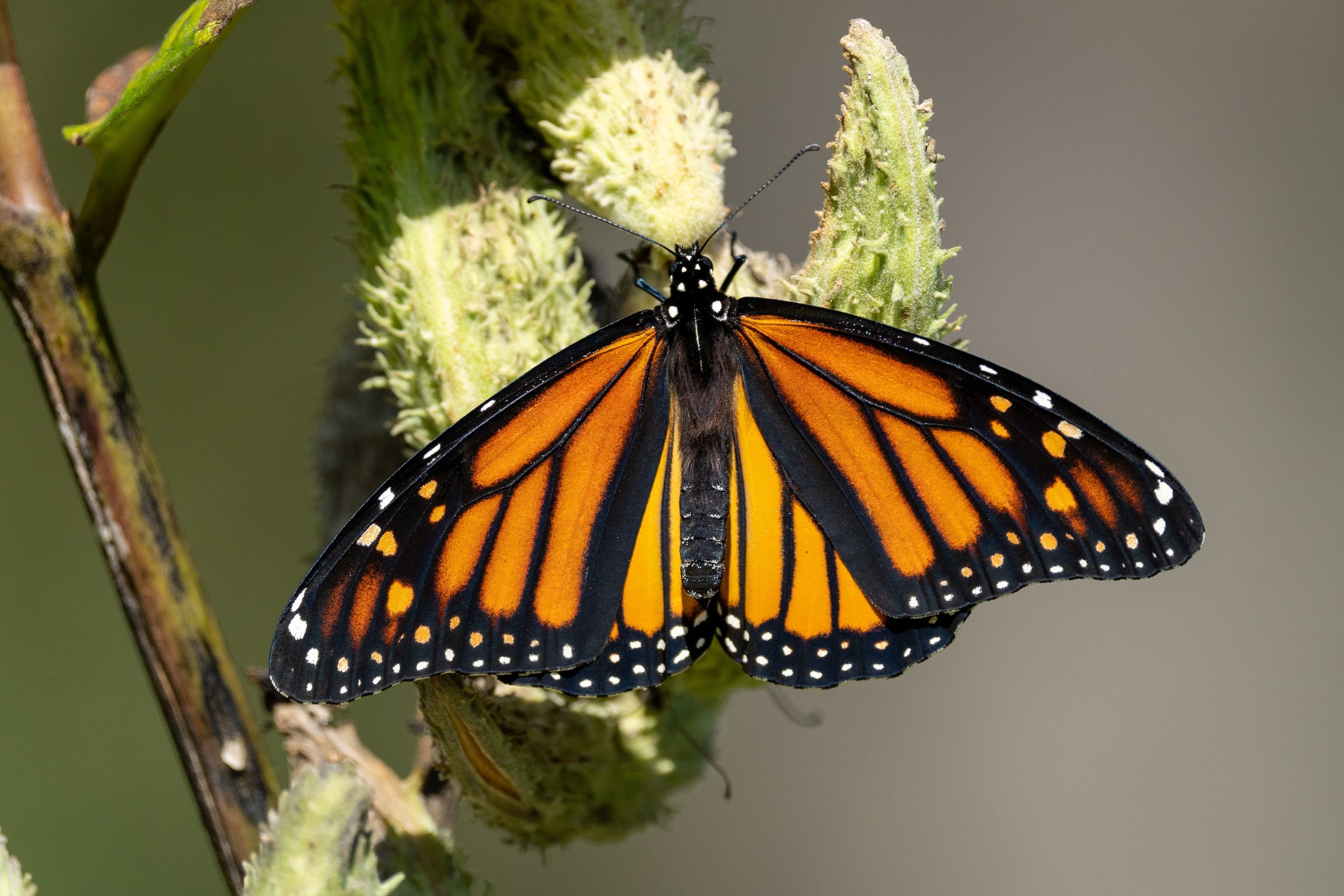

The Great Monarch Migration
Monarch tagging at our latitude begins August 29! They are about to embark on an incredible journey


Monarch tagging at our latitude begins August 29! They are about to embark on an incredible journey